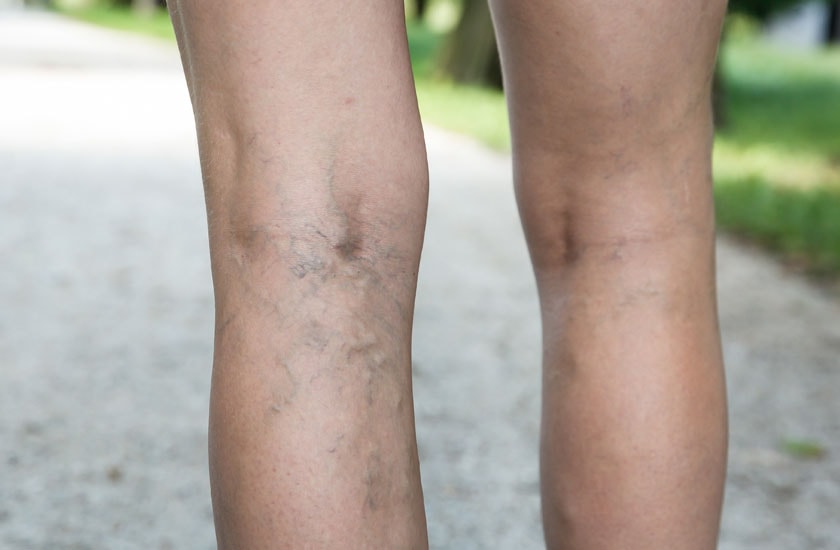As part of Wound Awareness Week 2021 (23 to 29 August), Wound Management Nurse Consultant Georgina Skuza shares everything you need to know about wounds.
What drew you to choosing wound management as your area of specialisation?
I love working in this area because I have a passion for wound care and really enjoy how it crosses lots of different medical and surgical specialities.
Wound care is such a diverse speciality as you have to consider the whole patient picture to treat their wounds.
Another area of my role is education for caregivers and patients. I am passionate about empowering our patients and caregivers and providing the knowledge and education to improve the management of wounds.
Wound Awareness Week gives us an opportunity to educate patients and health care staff about the condition that affects 420,000 Australians every year and has cost Australia’s health and aged care budgets $3 billion to date.
For caregivers in Wound Awareness Week, I have organised a display of commonly used products and how to use them, educational crosswords, and a range of informative sessions and seminars. For patients, I have created a brochure explaining what chronic wounds are and what they can do to help in their own recovery which will be delivered to them at the beginning of Wound Awareness Week.
What types of wounds do you see and treat?
The wounds I am involved with helping care for can vary from burns, acute and chronic ulcers, pressure injuries, skin tears and general skin health.
I see multiple wounds across the hospital on any given day. My role is varied and I am learning something new every day.
I enjoy that I can support the learning of our caregivers in their clinical decision making and facilitate the environment to allow them to feel comfortable to do the dressings themselves.
How are wounds treated?
This depends on the patient and the type of wound they have. There are now so many different dressings designed for specific wounds so we have a good range of options to choose from when treating our patients.
Why are some wounds harder to treat or take a long time to heal?
Often patients with chronic wounds have other medical conditions, or co-morbidities, such as diabetes or vascular disease; high BMI, poor nutrition/malnutrition, smoke, take certain medications that affect skin integrity, or are advanced in age. All of these can contribute to poor wound healing.
One patient I’ve been working with since April this year has had a chronic wound since 2016, resulting in 13 admissions to hospital. The wound is a large, deep venous ulcer that extends around the patient’s entire calf. The chronic nature of this wound is a result of significant peripheral vascular disease among other co-morbidities. In recent months we have made considerable progress in healing the wound and it has reduced in width by more than five centimetres.
I think it is very important to develop good relationships with patients who have chronic wounds.
I like to help patients take an active role in their recovery and encourage them to eat well, manage any associated conditions such as diabetes, wear individualised compression garments (when appropriate) and get fully involved with their own care and recovery.
Getting to know the patient and taking a holistic view is so important and it helps recovery when you build rapport with them and inspire them to be active in their journey to health.
How can chronic wounds be prevented?
Prevention and being vigilant about a wound is key to reduce the risk that a wound will become chronic. The warning signs to look out for are heat, pain, odour, slowness to heal (more than 30 days) and excess fluid.
Chronic wounds can be prevented by managing the underlying diseases that a patient may have, such as diabetes, and taking a multi-disciplinary approach to the patient’s care, where allied health staff such as dieticians, diabetes educators, physiotherapists and social workers are all fully involved. Diet, self-care and exercise are also very important to help stop wounds becoming chronic.
Is there any new research or advancements in the area of wound management?
Wound care and treatments are advancing all the time and there are new or improved dressings coming onto the market every day.
The negative pressure vacuum-assisted dressings that use foam to fill wide wounds are growing in popularity and proving to be very successful in increasing blood supply and rapidly increasing healing time. Silver-based dressings are still highly regarded as the silver combats bacteria by creating a toxic environment in the wound bed preventing the bacteria from multiplying.
Other recent advances include stem cell treatments and wound dressings that can provide multiple functions, for example, combined antimicrobial and anti-fungal management.
The future of wound management is very exciting and I’m keen to play a role in helping patients to heal well.








